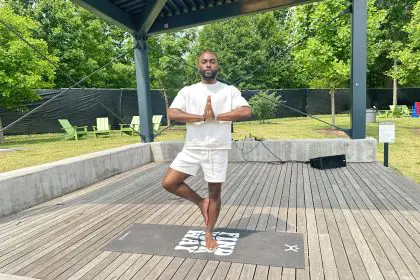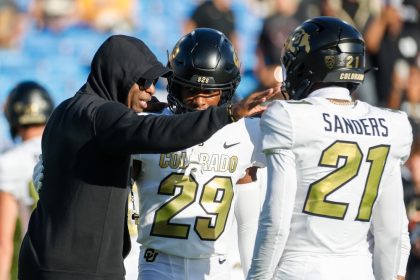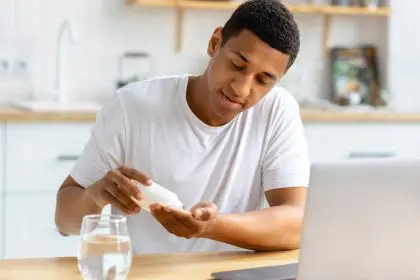Have you recently thrust yourself into a new workout regimen or started a new sport, only to find that you can barely move a couple days later?
The immobilizing muscle pain that you’re experiencing is what exercise physiologists call delayed onset muscle soreness (DOMS). This is muscle pain or discomfort that usually occurs within 24-48 hours of intense exercise. Many people are confused by this phenomenon, because the pain doesn’t occur during or immediately after the exercise. This type of pain is classified as type 1 muscle strain, and can range from mild stiffness to total immobility and acute pain.
A primary factor in DOMS involves eccentric contraction, as opposed to concentric or static contraction. Movements involving eccentric contraction can cause extreme muscle soreness. Downhill running is a perfect example, because the force of gravity is stronger than the force output of the muscle, so the muscle must lengthen while contracting (as opposed to shortening as in concentric contraction). This is associated with structural damage because it disrupts the muscle tissue, which contributes to the pain. Another theory is that the inflammatory response of the muscles is what causes the delayed onset of pain, but this concept isn’t fully developed.
There is still much to be learned about the mystery of DOMS, and it continues to be a popular area of interest. Exercise physiologists haven’t yet agreed on one theory, but there is a general consensus on the sequence of events that lead to delayed muscle soreness. First, there is structural damage to the muscle caused by the high tension placed on it (most notably in eccentric contractions). Next, this cellular damage causes a disruption in calcium homeostasis. Soon after, a significant elevation in neutrophils leads to an inflammatory response. Finally, the products of macrophage accumulate outside of the cells.
Is it possible to prevent DOMS, but more importantly, should we try to? This is a complex question. For the competitive athlete, it is very important to maximize training sessions. If muscle soreness is so intense as to interfere with this, then the athlete is at a disadvantage. Reducing eccentric contractions isn’t possible in most sports, but there are other ways to decrease the negative effects of DOMS. A more reasonable and effective solution, is to start the training regimen slowly, and build gradually (referred to as the “base phase” in an endurance training macro-cycle. Yet another — and perhaps superior — way to decrease the debilitating effects of DOMS is to take the opposite approach. Instead of starting off light and easy, athletes should begin training with a very intense and difficult workout. Subsequent workouts will be significantly less painful and DOMS less likely.
Wishing you health and happiness,
HLJ
Holly Lowe Jones is a media professional, fitness expert, and ISSA-certified personal trainer. A member of the National Association for Health and Fitness, Jones is also a seasoned triathlete who competes in her spare time.
For more information, please visit her website www.hollylowejones.com.
Facebook: www.facebook.com/hollylowejones
Instagram and Twitter: HollyLoweJones















